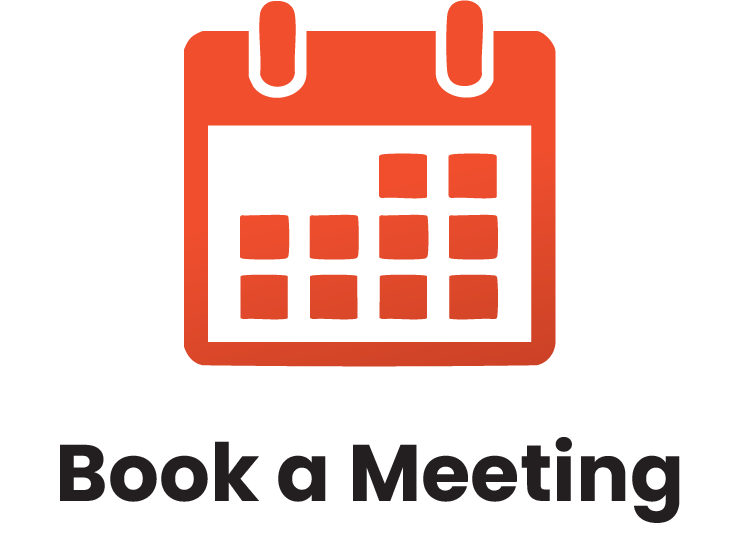Interactive training sessions led by experienced facilitators.
What is In-Person, Instructor-Led Training?
Our in-person training is delivered by a live facilitator who works directly with your team at your location. It’s our most popular format because it allows for real-time interaction, hands-on learning, and direct support.
Every session is tailored to your team’s specific goals, industry, and challenges—no generic, one-size-fits-all programs. Whether it’s a single session or a full training series, we design the experience to be relevant, practical, and fully aligned with your needs.
What is Live Webinar Training?
Live webinars are facilitator-led training sessions delivered online in real time. They’re ideal for teams working in different locations or with busy schedules.
This format offers shorter, more frequent sessions that are easy to coordinate—making it a convenient option for organizations with remote or distributed teams.
What is Virtual Classroom Training?
Virtual Classroom training is live, instructor-led training delivered online. It offers the same interactive experience as in-person sessions, with real-time discussions, group activities, and instructor feedback.
It’s a flexible option for organizations that want to reduce travel, save costs, or better fit training into busy schedules.
What is a Lunch & Learn Session?
Lunch & Learn sessions are short, facilitator-led training sessions delivered in person or online—typically during the lunch hour. They focus on specific topics or skills and offer a quick, engaging way to learn without a full-day commitment.
These sessions can be offered as one-time events or as part of a series, making them a great option for ongoing, bite-sized learning.
Online Learning
Enjoy our self-paced option and learn from anywhere!
$199.00 USD
Safety in the Workplace
Workplace accidents and injuries cost corporations millions of dollars and thousands of hours lost every year. They also have a profound, often lifelong impact on workers. Introducing a safety culture into your organization, where safety is valued as an integral part of the business’s operation, not only saves the business time and money, it also builds a committed, loyal, healthy workforce. This one-day workshop will give participants the foundation to start building your safety culture.
LEARNING OBJECTIVES
Learning Objectives
This one-day workshop will help you teach participants how to:
- Understand the difference between a safety program and a safety culture
- Use resources to help you understand the regulations in your area
- Launch a safety committee
- Identify hazards and reduce them
- Apply hiring measures that can improve safety
- Explain what a safety training program will involve
- Identify groups particularly at risk for injury and know how to protect them
- Help your organization write, implement, and review a safety plan
- Respond to incidents and near misses
- Understand the basics of accident investigation and documentation


COURSE OUTLINE
You will spend the first part of the day getting to know participants and discussing what will take place during the workshop. Students will also have an opportunity to identify their personal learning objectives.
Defining a Safety Culture
This session will explore the idea of a safety culture. Participants will also be asked to identify how safety applies to their organization.
Governing Bodies and Resources
It is essential that organizations map their safety plan to regulations in their area. This session will look at some of the key organizations and how to contact them.
Getting Started
A good first safety step is establishing a safety committee. This session will give participants some ideas on getting started.
Identifying Hazards
Hazard identification typically forms the basis for a safety plan. We will look at some ways of identifying hazards and then we will apply those methods to a case study.
Resolving Hazards
Hazard resolution is the logical step to take after hazard identification. We will look at three ways of resolving hazards and then we will apply those methods to a case study.
Taking Proactive Measures
There are measures you can take when hiring and training employees to make your workplace safer. This session will explore these measures through lecture and discussion.
Identifying Groups at Risk
During this session, we will look at a number of factors that can increase a person’s risk of accident. We will also look at how to mitigate these risks.
Writing a Safety Plan
Everything that we have discussed so far will come together to create a safety plan.
Implementing the Plan
Your safety culture will only be a success if it is accepted and adopted by your employees. We will discuss just how to do this in a lecture.
Incident Management
No matter how well your safety culture is implemented and accepted, there will still be incidents. This session will look at how to respond to, document, and investigate incidents. We will also discuss how to handle near misses.
Reviewing the Program
The final essential component of your safety plan is to include a review process. We will look at when and how the plan should be evaluated.
Workshop Wrap-Up
At the end of the course, students will have an opportunity to ask questions and fill out an action plan.


















